PMS “premenstrual syndrome” is the symptoms that women start to experience 1 week before menstruation. It has symptoms such as hunger, bloating, regional pains, depression, constantly changing mood, pessimism, lack of skin and hair. This period is experienced with different violence in every woman. Sometimes it doesn’t feel very intense, but sometimes it can feel too heavy. The bad news: the drug and its cause are not exactly known. The good news is that the effects can be minimized. Therefore, it is necessary to know the PMS period well and make some changes in daily routines during that period. Let’s see how to get over PMS without going crazy.
1- The factors that trigger PMS may be mineral and vitamin deficiency, progesterone hormone deficiency, fluid retention in the body, suppressed sexual desires, low blood sugar, imbalance of chemicals called prostaglandin – neurotransmits, and psychological causes.
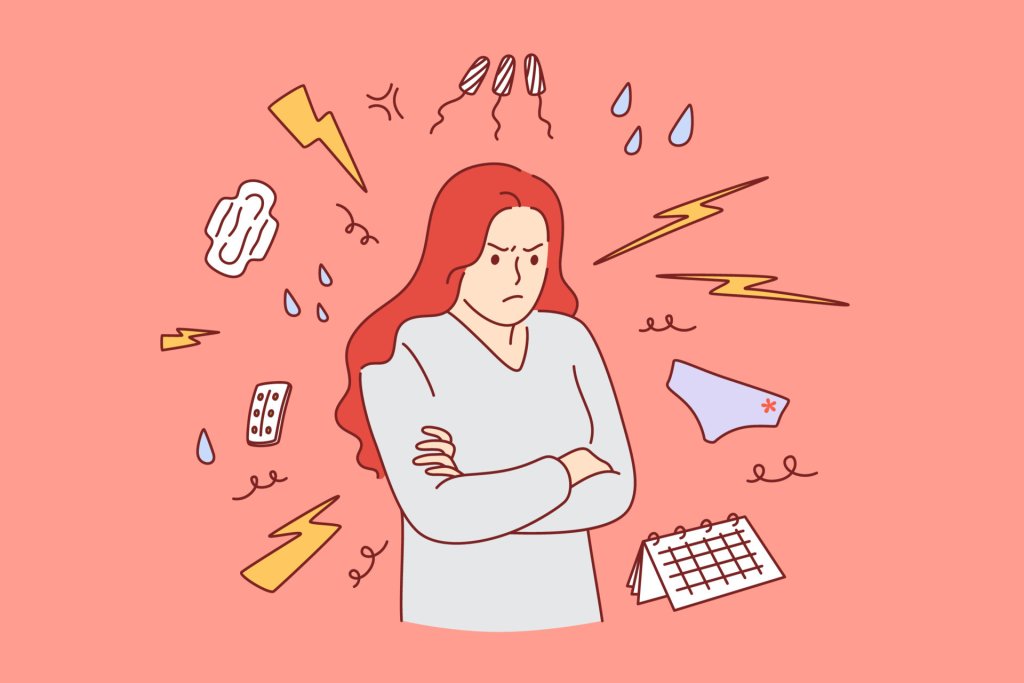
2- The PMS period can be overcome more easily with proper nutrition. For this purpose, salt, caffeine and alcohol intake should be cut off 1 week before menstruation, plenty of yogurt, fiber foods, vitamin C-containing foods and relaxing herbal teas should be consumed.
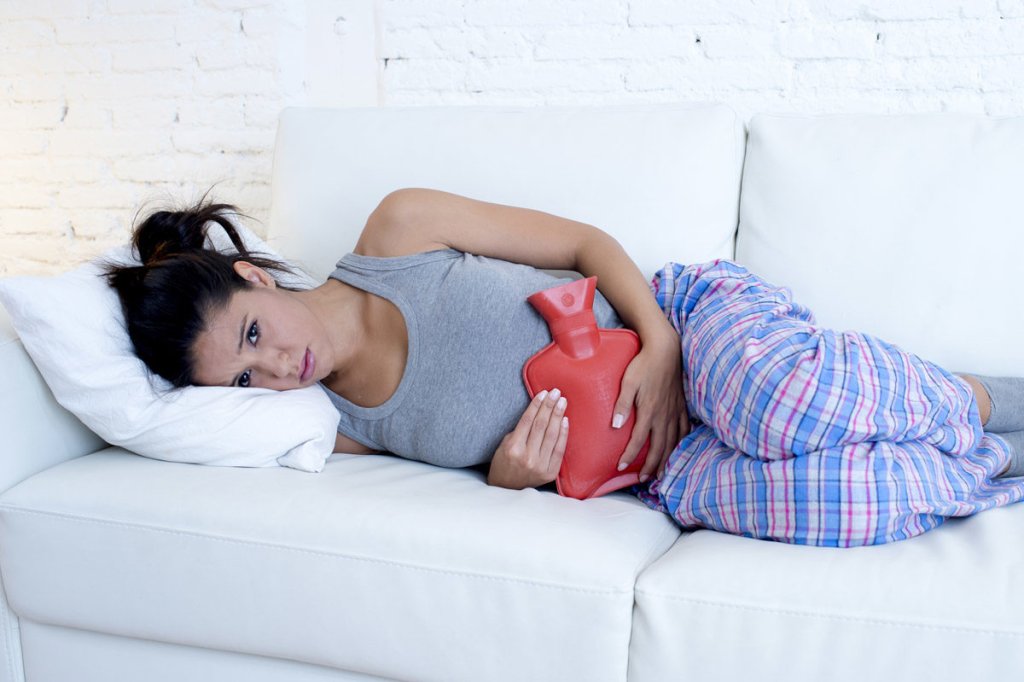
During the 3- PMS period, the body tends to retain water. Because the balance of the hormones progesterone and estrogen changes. This condition also causes bloating on the face, abdomen and chest. These bloats go down 1-2 days after the start of menstruation.
4- Women make the most erroneous decisions during the PMS period. This condition can affect their work, social lives, family relationships. They are in a psychology where they cannot control themselves. That’s why it needs to be understood.
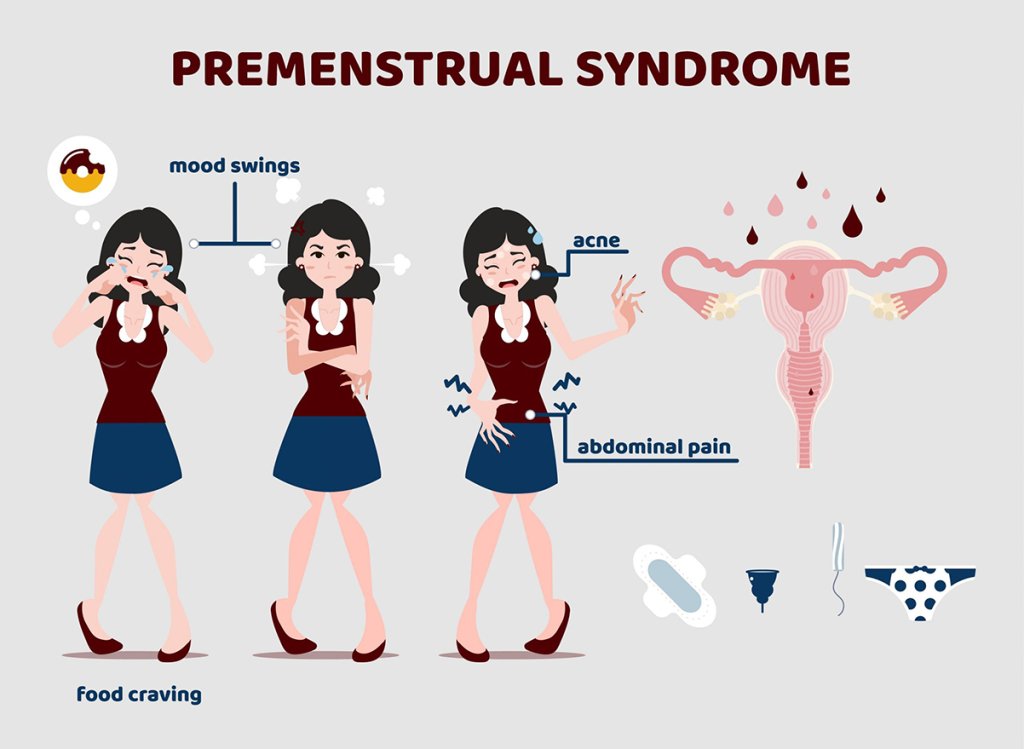
5- PMS also has effects such as disease. It may have symptoms such as nausea, vomiting, dizziness, sweating, constipation, depression.
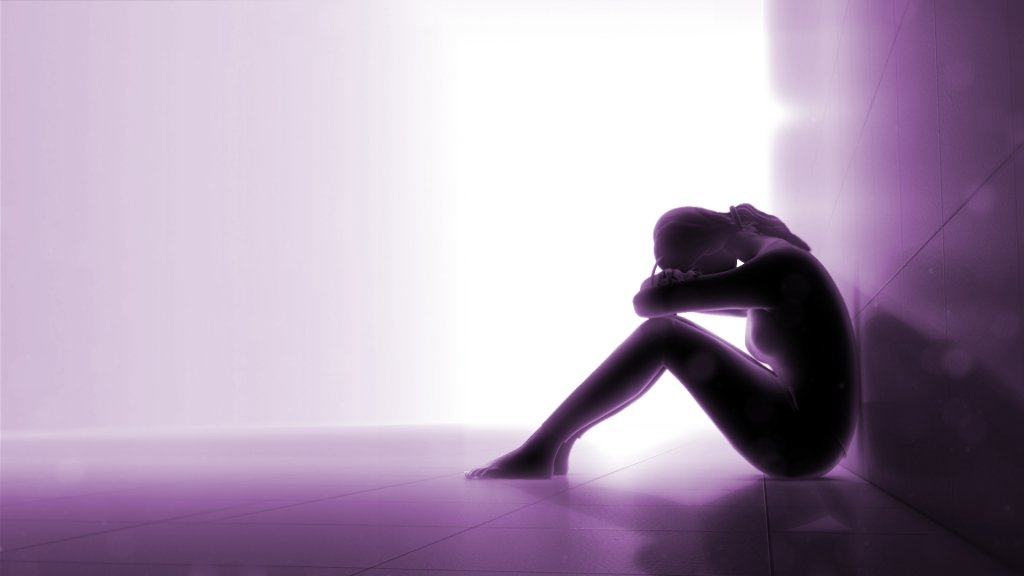
6- During PMS, the estrogen hormone decreases and this causes blood sugar to drop. And that starts the dessert crisis. Magnesium deficiency is also a factor that increases the desire to eat.
7- For most women, the PMS period is a period when sexual desire increases. This desire may continue during the menstrual period.
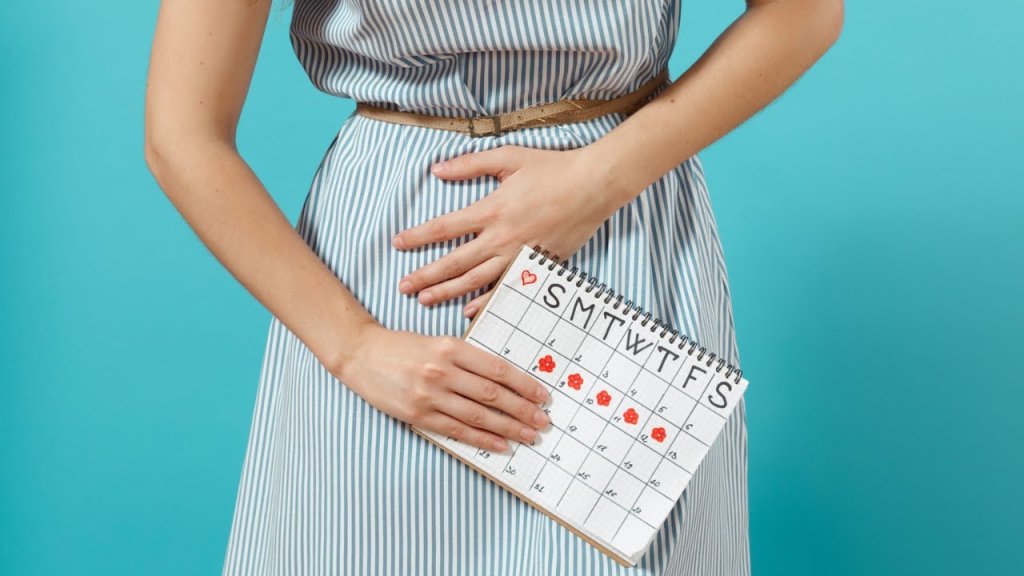
8- Doing light exercises and massage a few days before the PMS period, paying attention to sleep patterns can reduce the negative effects of this period.
9- 5% of women have this period very severely. If your pain seems unbearable, you should see your doctor.
10- PMS is most often seen in women between the ages of 30 and 45. Dec. (This is also slightly proportional to the increase in stress.) Symptoms may increase in women taking birth control pills.
11- One of the most obvious symptoms of the PMS period is breast tenderness. The breasts swell and ache. For this, a bottom-supported bra should be used, caffeine and salt should be cut off, and fatty foods should be avoided.
12- Premenstrual symptoms are seen in many women. But PMS, that is, premenstrual syndrome, may not be seen in every woman. The “syndrome” is a more severe condition that affects social life.
13- PMS is actually a messenger of menstruation, and this is how your body tells you to be prepared. You have to look on the bright side.
0 Comments